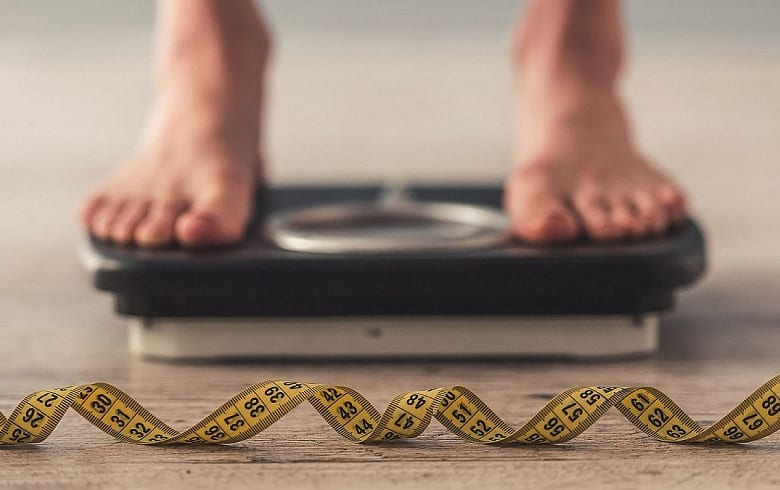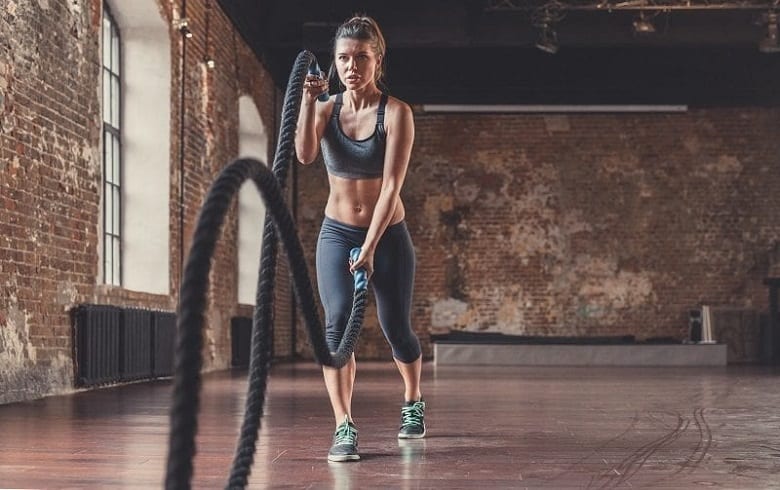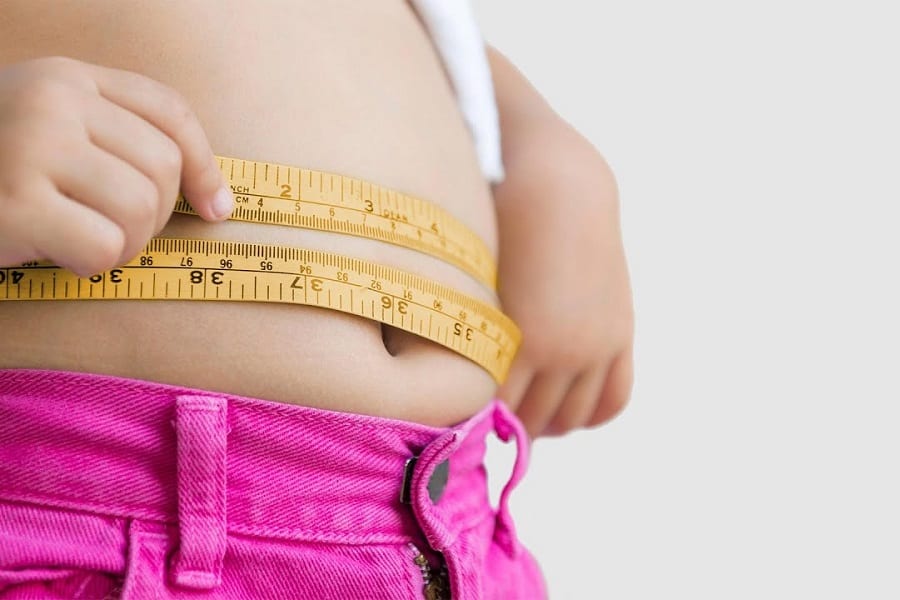We live in a world where being skinny is an aesthetic goal that everyone wants to achieve.
Most people decide to shed some extra pounds because they wish to be lean. When that happens, the phrase people use to describe their resolution is ‘I need to lose weight.’ While there is nothing wrong with the desire to lose weight, it might not actually be the goal people have in mind.
When people say they want to lose weight, they are thinking about the number they see on the weighing scale and wish to reduce it. But in reality, they want to get rid of the excess fat in their body.
Typically, people get the motivation to get slim from the idea of losing the flabs dangling from their bodies. The said flabs are accumulated fats under the skin, which people wish to melt away when they say they want to lose weight.
By confusing the two concepts, a person ends up following the wrong metric i.e. weight, which doesn’t necessarily show the reduction in body fat. And that is why, you may end up thinking you aren’t trimming down, even though you have been working hard for it because the number on the weighing scale isn’t going down.
Monitoring your weight isn’t the right way of tracking your progress or measuring results. It can be pretty misleading. Therefore, one must know to differentiate between weight loss and fat loss.
Why is it important to differ weight and fat loss?

When a person loses weight, they may or may not have lost a substantial amount of fat in their body. So, the scale may show them a lower number, but their fat is still present in all of its thick glory.
Our weight is a highly fluctuating variable that is computed by our body’s composition, which includes two things; fat mass and lean mass.
Fat mass is, as the name clearly states, the total amount of body fat. And lean mass is everything in the body that is not fat, that is organs, bones, water etc. What you see on the weighing scale is the sum of everything present in your body, which can change hourly, daily or even by the minute.
If you weigh yourself in the morning before breakfast and then after dinner, you might see a different number both times. That’s because the food we eat, the water we drink add to our weight in an instant, but not to our body fat.
You might see an increase in your body weight on the scale after having a hearty meal, but that doesn’t mean you have gained fat. Only our weight is affected so quickly, our fat mass or muscle mass doesn’t.
People must realize the difference between the two concepts because when they aim for one thing and track the other, they are bound to see an inconsistency between their efforts and results. To understand this idea, let’s consider an example.
Imagine A decides to trim down; goes on a diet, and starts working out daily. One month later, they step on the scale, and they see the same number as they did before going on a diet. Now the discrepancy in A’s efforts and results can demotivate them and may even force them to quit.
Therefore, if you want to track your body’s fat loss progress, do not keep a tab on your weight. Monitor your progress through the following tools
- Measurements
- Pictures
- The fitting of your clothes
- Your appearance
- Confidence
- Energy
When you lose weight naturally, how much of it is fat?

When a person loses weight, their target is that they do so by burning fat.
However, as we already discussed, our weight includes more than just the fat in our body; therefore, it loses a little bit of everything when we lose weight. With that said, it’s important to know how much of our shredded weight is fat and how much isn’t.
Studies show that when a person loses weight, 25% of it is lean mass and the rest is fat.
However, that may not be the case for everyone. According to a study conducted at the Pennington Biomedical Research Center in Baton Rouge, Louisiana, the ratio of muscle mass and body fat lost during weight loss is variable.
There are a number of factors that affect how much and which part of our body composition we lose when losing weight. Those include:
- Genetics
- Age
- Diet
- Sex
- Level of physical activity
- The type of exercises one does
How to improve fat to muscle loss ratio?

Losing weight includes more than just losing fat. When you shed the pounds in your body weight, you are losing some part of your muscle mass and some part of your fat mass.
Although you cannot stop your body from losing muscle mass during weight loss, you can improve your odds of losing more fat by employing a number of techniques.
Before we discuss how you can improve your fat to muscle loss ratio, let’s look at the process of fat breakdown in the body.
We store energy as fat cells. In other words, the calories you consume are stored as fat cells in your body, if they are in excess. So, when you go on a diet, you limit your calorie intake, creating a deficit in your body.
As a result, your body turns towards the fat reserves to generate energy. Simply put, when your body doesn’t get enough energy from the diet, it breaks down the accumulated fatty tissues to balance out the deficit.
The other way in which your body begins to process the stored fats is exercise. When you exercise, your body needs more energy than when you are not working out.
Once your body exhausts the sugar available in your liver (glucose is broken down in the liver and then absorbed in the bloodstream), it again turns towards the fat reserves to acquire energy. As a result, the excess fatty tissues in your body are dissolved.
In order to enable more fat burning, one needs to create an energy deficiency in their body without steering it into starvation mode. When you cut down on your calorie intake, you are depriving your body of energy so that you burn fat.
And that will only happen as long as your body doesn’t go under excessive stress.
How can your body go under excessive stress?
If you bring down your calorie intake drastically, your body will go into severe stress, and to counter the resultant energy deficit quicker, it will start burning muscle (as muscles are more easily dissolved than fats).
Once your body goes under unsustainable stress, it will start losing muscle.
Hence you need to make sure that you coax your body into burning fat by putting it under just the right amount of stress. You can do that by taking the following steps.
- Don’t shave off too many calories; i.e. don’t put your body into starvation mode. Avoid crash dieting.
- Create a calorie deficit but make sure you give sufficient macro and micronutrients to your body
- Eat more protein (but don’t binge eat it, all nutrients are stored as fat if taken in excess)
- Reduce high-intensity cardio workouts- creating a calorie deficit means fat loss, but it also means reduced energy, which means you can’t continue the same cardio routine as you did before. Doing so will put your body under excessive stress.
How to avoid muscle loss when losing weight?

Losing weight is challenging but shredding body fat and not muscle mass is even more challenging.
You need to be extremely careful with your diet plan and workout routine to ensure that you lose fat but preserve your muscles. Although several factors affect how much fat and muscle you burn during weight loss, you can focus your weight reduction process on losing fat and not muscle by using the following tips.
Eat Protein
Regardless of the diet you choose for your weight loss journey, make sure you eat enough protein.
If you are on a vegan diet, consume plant-based protein and if you are on a carnivore diet, consume meat-based protein. Eating adequate amounts of protein is essential to save your muscle mass from burning.
Protein boosts your metabolic rate, which promotes fat burning. It also helps muscles repair and rebuild post-workout, and it keeps you satiated for longer durations. Hence, having a high-protein diet is key to preserving your muscle mass.
Don’t Reduce your Calorie Intake Drastically.
Bring down your calorie intake gradually, so that your body adjusts accordingly without going under too much stress.
Do More Strength Training
Incorporate high-intensity resistance training exercises in your workout routine. Work for your big muscle groups at a time by doing compound exercises such as pushups, squats, weight lifting, lunges and deadlifts.
The Bottom Line
When you decide you want to lose weight, remind yourself that your target is getting rid of the excess fat in your body and not your weight.
And no matter how you decide to go about achieving your goal, just make sure not to take any extreme measures and focus on getting healthier.


